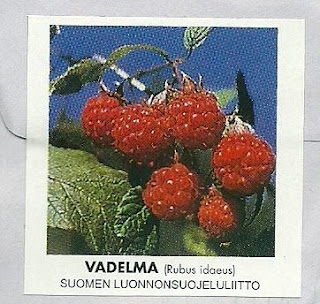Sent by Maria from Espoo, Finland.
Espoo (/ˈɛspoʊ/, Finnish: [ˈespoː]; Swedish: Esbo) is a city in Finland. It is located to the west of the capital, Helsinki, in southern Uusimaa. The population is approximately 324,000. It is the 2nd most populous municipality in Finland. Espoo is part of the Helsinki Metropolitan Area, which has approximately 1.6 million inhabitants. Espoo is on the northern shore of the Gulf of Finland and borders Helsinki, Vantaa, Kirkkonummi, Vihti and Nurmijärvi. The city includes the enclave of Kauniainen. Espoo covers an area of 528 square kilometres (204 sq mi). Espoo is a bilingual municipality with Finnish and Swedish as its official languages. The population consists of 69% Finnish speakers, 6% Swedish speakers, and 25% speakers of other languages, well above the national average.
Espoo was settled in the Prehistoric Era, with evidence of human settlements dating back 8,000 years. However, the population disappeared during the early Iron Age. During the Early Middle Ages, the region was populated by Tavastians and Southwestern Finns. Following the Northern Crusades, Swedish settlers began to emigrate to the coastal regions of modern-day Finland. Espoo was founded as an autonomous Catholic parish in the 15th century. Following the conclusion of the Finnish War, the decision to make Helsinki the new capital of the Russian-controlled Grand Duchy of Finland in 1812 had a significant positive impact on the municipality's growth and development. Nevertheless, the territory continued to be mainly agrarian until the 20th century. After World War II, Espoo underwent swift urbanization and significant demographic shifts, with Finnish becoming the majority language around 1950, replacing Swedish. The municipality attained market town status in 1963 and was granted city status in 1972 (read more).








































